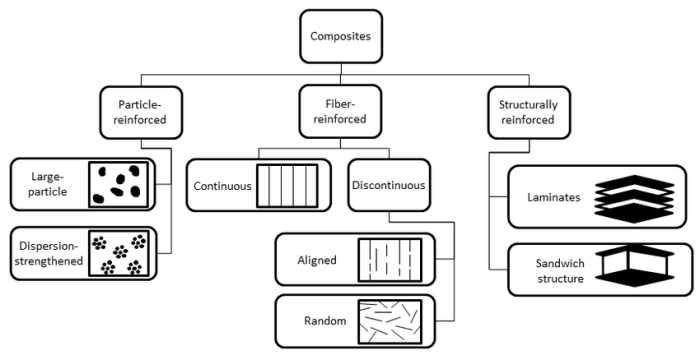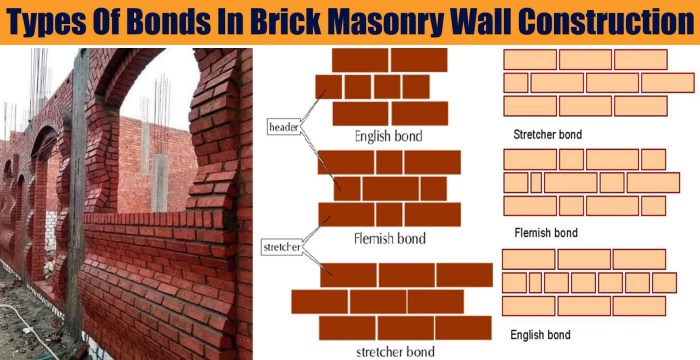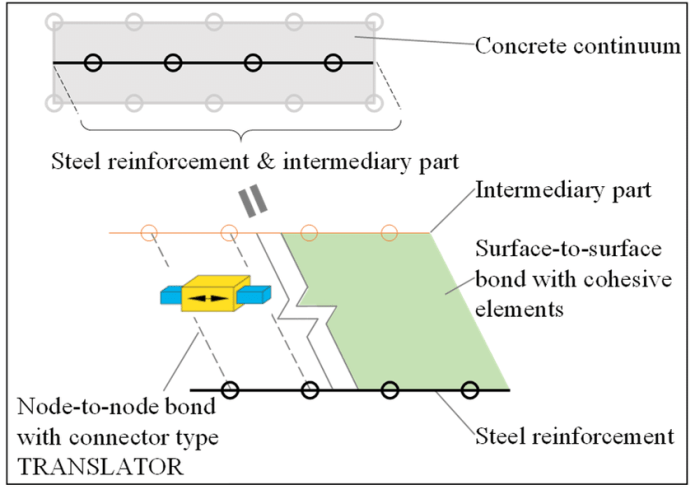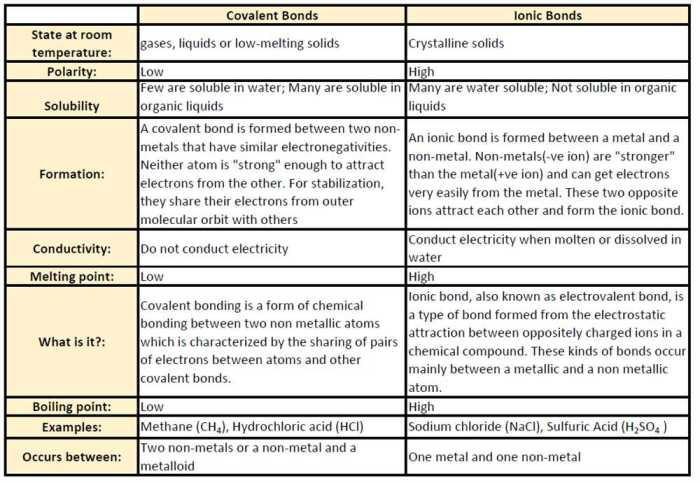Section 2 reinforcement types of bonds – In this section, we delve into the topic of reinforcement types of bonds, exploring the various methods employed to strengthen and enhance the properties of bonds. We will examine the advantages and disadvantages of each technique, providing a comprehensive overview of this crucial aspect of bond reinforcement.
The content of the second paragraph that provides descriptive and clear information about the topic
Types of Bonds
Bonds are financial instruments that represent a loan made by an investor to a borrower, typically a corporation or government. They are used to raise capital for various purposes, such as funding infrastructure projects or business expansions.
Types of Bonds
- Corporate Bonds:Issued by companies to raise capital for business operations or expansion.
- Government Bonds:Issued by governments to finance public projects or cover budget deficits.
- Municipal Bonds:Issued by state and local governments to fund infrastructure projects or other public services.
- Agency Bonds:Issued by government-sponsored enterprises (GSEs) such as Fannie Mae and Freddie Mac.
- High-Yield Bonds (Junk Bonds):Issued by companies with lower credit ratings and higher risk of default, offering higher interest rates.
Reinforcement of Bonds

Reinforcement is the process of strengthening bonds by adding additional materials or techniques. It is used to improve the load-bearing capacity, durability, and longevity of bonds.
Methods of Reinforcement, Section 2 reinforcement types of bonds
- Mechanical Reinforcement:Using steel bars, wire mesh, or other materials to provide tensile strength.
- Chemical Reinforcement:Adding chemical additives to the concrete mix to improve its properties.
- External Reinforcement:Attaching additional materials to the outside of the bond, such as carbon fiber or steel plates.
Advantages and Disadvantages
- Mechanical Reinforcement:High strength, but can be expensive and require skilled labor.
- Chemical Reinforcement:Cost-effective, but may affect the bond’s other properties.
- External Reinforcement:Can be applied to existing bonds, but may alter the bond’s aesthetics.
Applications of Reinforced Bonds

Reinforced bonds are widely used in various industries and applications where high strength and durability are required.
Industries and Applications
- Construction:Bridges, buildings, dams, and other structures.
- Transportation:Highways, railroads, and airport runways.
- Energy:Wind turbines, nuclear power plants, and oil platforms.
- Aerospace:Aircraft components and spacecraft.
- Defense:Military vehicles and equipment.
Case Studies
- Golden Gate Bridge:Reinforced concrete with steel reinforcement.
- Burj Khalifa:Reinforced concrete with steel reinforcement and external carbon fiber reinforcement.
- Hoover Dam:Concrete with mechanical reinforcement using steel bars.
Design Considerations: Section 2 Reinforcement Types Of Bonds

When designing reinforced bonds, several factors need to be considered to ensure their effectiveness and safety.
Factors to Consider
- Load Requirements:The anticipated loads that the bond will be subjected to.
- Material Properties:The strength and durability of the concrete and reinforcement materials.
- Bond Strength:The adhesion between the concrete and reinforcement.
- Environmental Conditions:The exposure to moisture, temperature fluctuations, and other environmental factors.
- Construction Methods:The techniques and equipment used to construct the bond.
Best Practices
- Use high-quality materials and workmanship.
- Follow proper construction techniques and industry standards.
- Consider the specific application and environmental conditions.
- Conduct thorough testing and inspection to ensure the bond’s integrity.
Testing and Evaluation

Testing and evaluation are crucial to assess the strength and durability of reinforced bonds.
Methods of Testing
- Load Testing:Applying controlled loads to the bond to determine its load-bearing capacity.
- Bond Strength Testing:Measuring the adhesion between the concrete and reinforcement.
- Durability Testing:Exposing the bond to environmental conditions to assess its resistance to degradation.
Importance of Quality Control and Assurance
- Ensures the bond meets the design specifications.
- Reduces the risk of bond failure and improves safety.
- Maintains the integrity and performance of the structure.
FAQ Insights
What are the primary types of bond reinforcement?
The primary types of bond reinforcement include mechanical reinforcement, chemical reinforcement, and thermal reinforcement.
What factors influence the choice of reinforcement method?
The choice of reinforcement method is influenced by factors such as the type of bond, the desired strength and durability, and the specific application requirements.
How does reinforcement improve the properties of bonds?
Reinforcement enhances the strength, durability, and resistance to various environmental factors, making bonds more reliable and suitable for demanding applications.